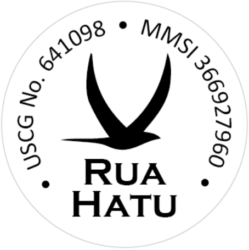The pace at which we made our way from the Pacific and through the first set of locks on the Panama Canal was astonishing! But after an early morning start and a long day of motoring, a series of delays kept us moored on Gatun lake for two nights, only a stones-throw from the Atlantic Ocean and our new sailing grounds in the Caribbean. After several false starts and a lot of time on the phone, we finally made our way down the last set of locks and into Shelter Bay Marina.
False Start
We had hoped to make the entire canal crossing in one day, and our early 3:15AM start time gave us hope that we would be settling in to Shelter Bay by sundown. However it seems that the current drought and subsequent reduced traffic in the canal meant there were no northbound ships scheduled the evening of our arrival on Gatun lake. Not to worry, we thought, surely we’ll get underway first thing in the morning… So we all cooled off with a swim in the massive man-made lake, enjoyed another wonderful meal made by Janine and slept through a night of thunderstorms.
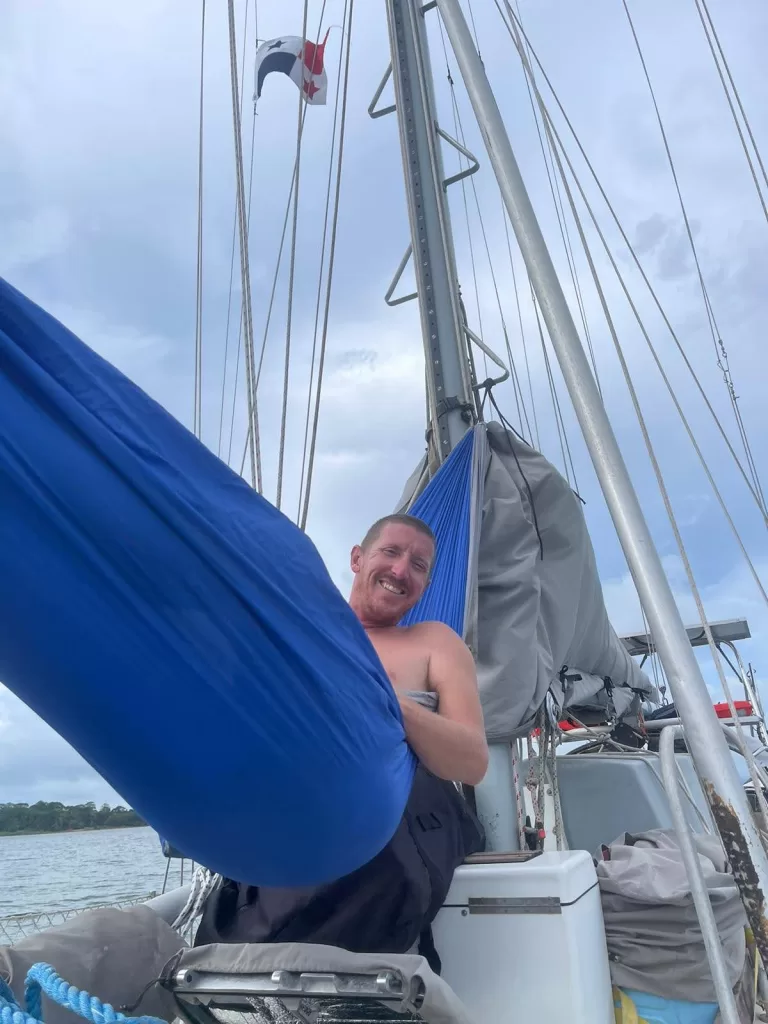
But morning came without any word from the Canal Authority… Finally, we were told that our next advisor would arrive at 12:30PM and we would quickly get underway ahead of a tanker. But just as we rounded the corner and took our place in line to enter the first chamber, our advisor received word over the radio that the ship which we would be transiting with had broken down… Reluctantly we returned to the mooring and awaited another chance to cross. But by late evening it became clear that there was no more northbound transits scheduled until the next day. So we hunkered down for second night on the lake and awaited our next chance at 5:30AM.
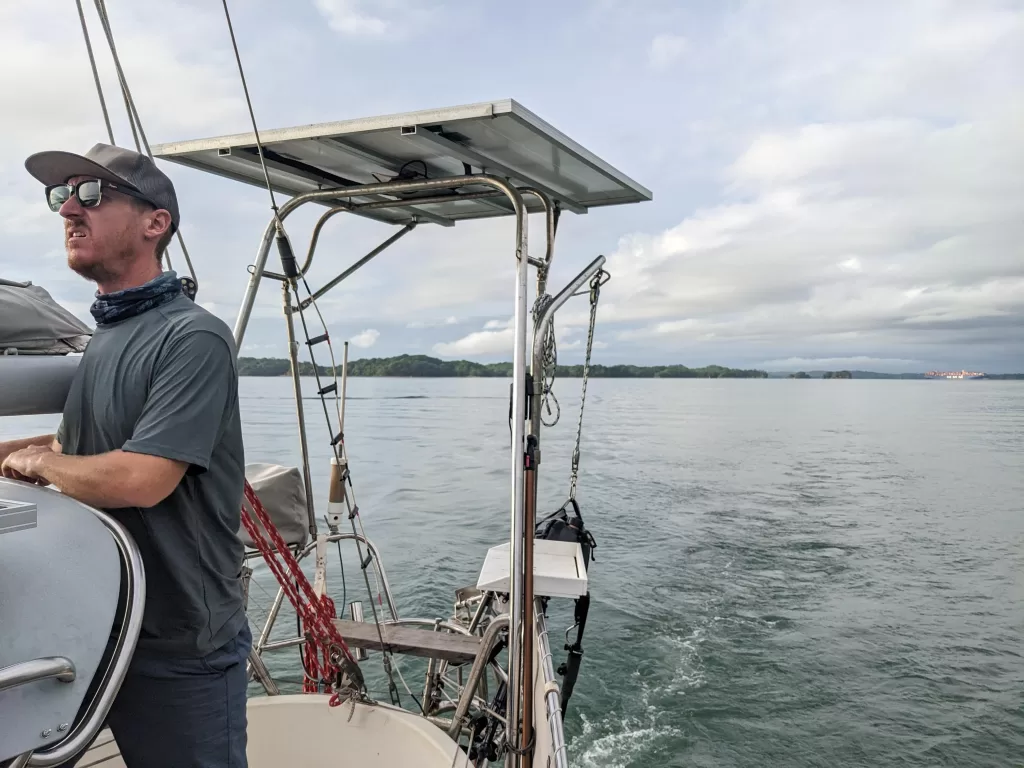
Atlantic Arrival
Next morning, we awoke early to be ready for departure at a moments notice. At 6:30AM we saw the canal authority’s pilot boat headed our way. As soon as our advisor was onboard, we untied the mooring lines and quickly motored toward the locks. This time, the tanker we would be sharing the locks with was not spewing black smoke; a good sign that all systems were working and that we would not be delayed again.
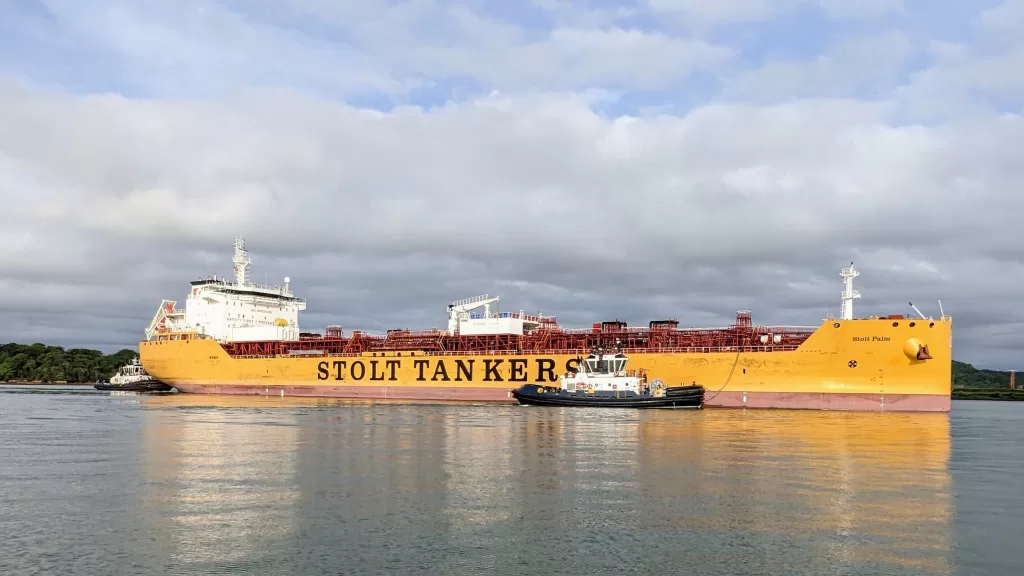
At long last, we entered the first chamber of the locks! Our excellent team of line handlers went to work securing us in position. They retrieved the small messenger lines thrown down from the attendants on the lock walls, quickly tied them off, and returned the looped ends of our heavier mooring lines. As soon as the attendants secured the looped ends over bollards, our crew tightened and secured the bitter ends at all four corners of the boat. As the water drained from the chamber, our crew carefully slacked each line to keep us in position. After only 5 minutes, the gates ahead of us opened and we repeated the process two more times until finally we could see El Puente Atlantico ahead of us. With a rush of current, we motored out of the locks and into the waters of the Atlantic Ocean.
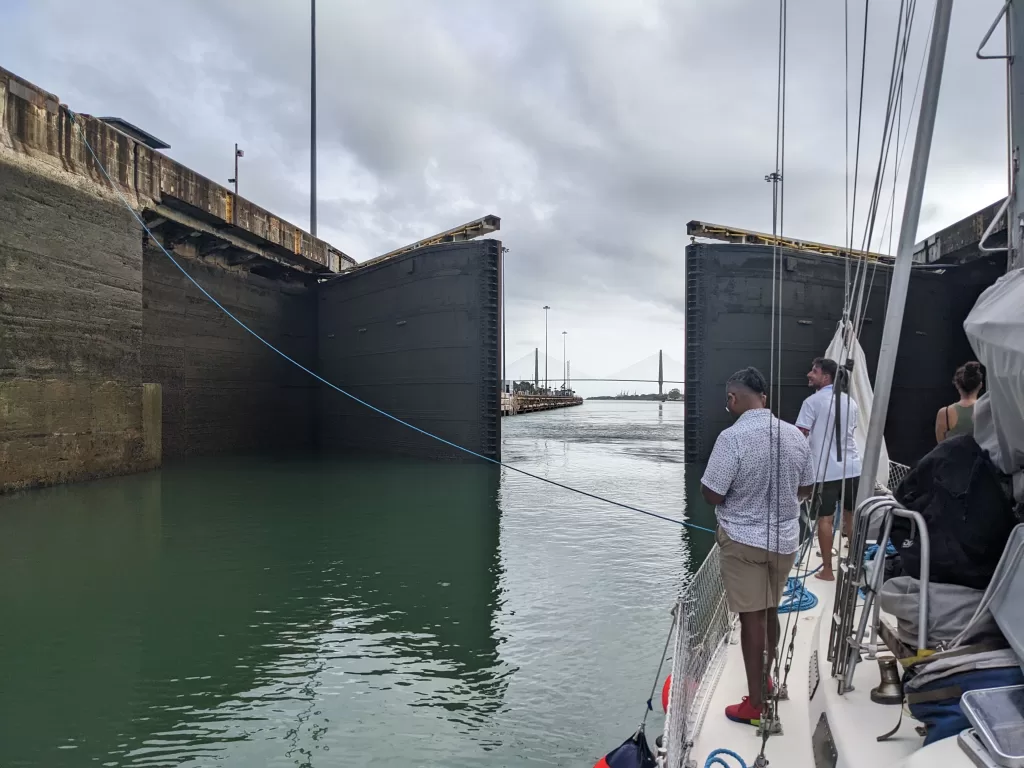
Marina Life
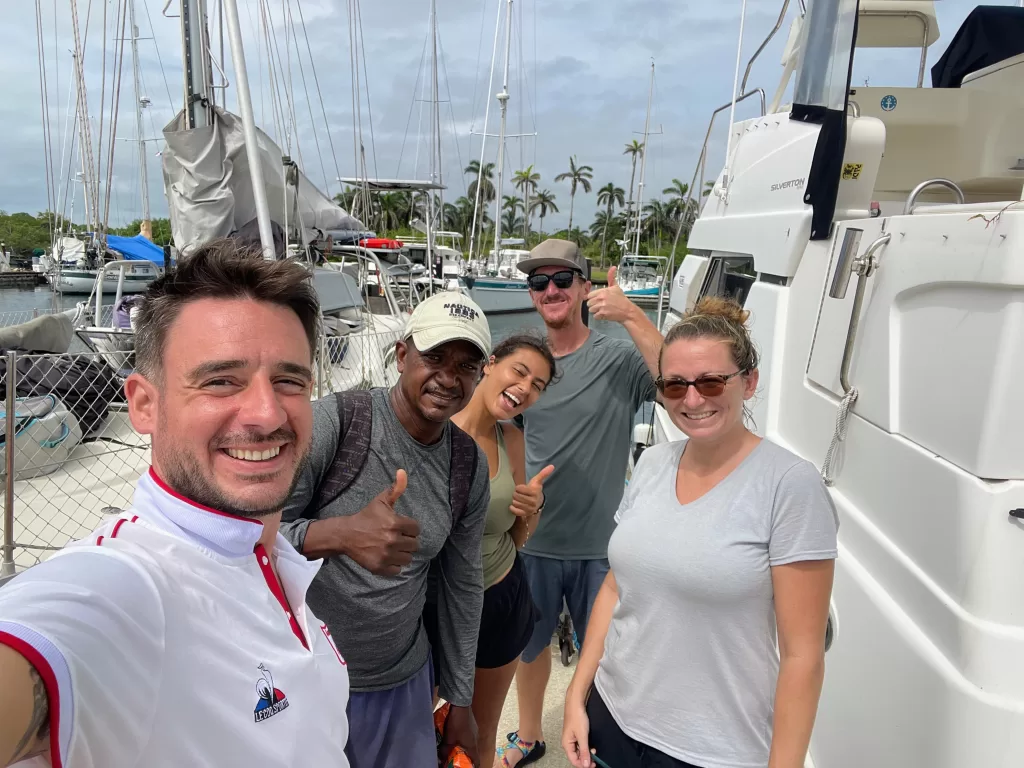
After all the delays, our awesome and patient team of line handlers were thrilled to finally be back on shore! We couldn’t have asked for a better crew, and we thanked them all before bidding them farewell at Shelter Bay Marina, save for one member, Hannah, who had opted to stay onboard with us for the week. Our agent, who handled all of the coordination with the canal authority, met us to retrieve the rented lines and fenders which we had used during the transit. Finally we could relax, enjoy a meal and get some much needed rest. We took full advantage of shore power to run our small air conditioner, thoroughly cooling and drying the interior of the boat.
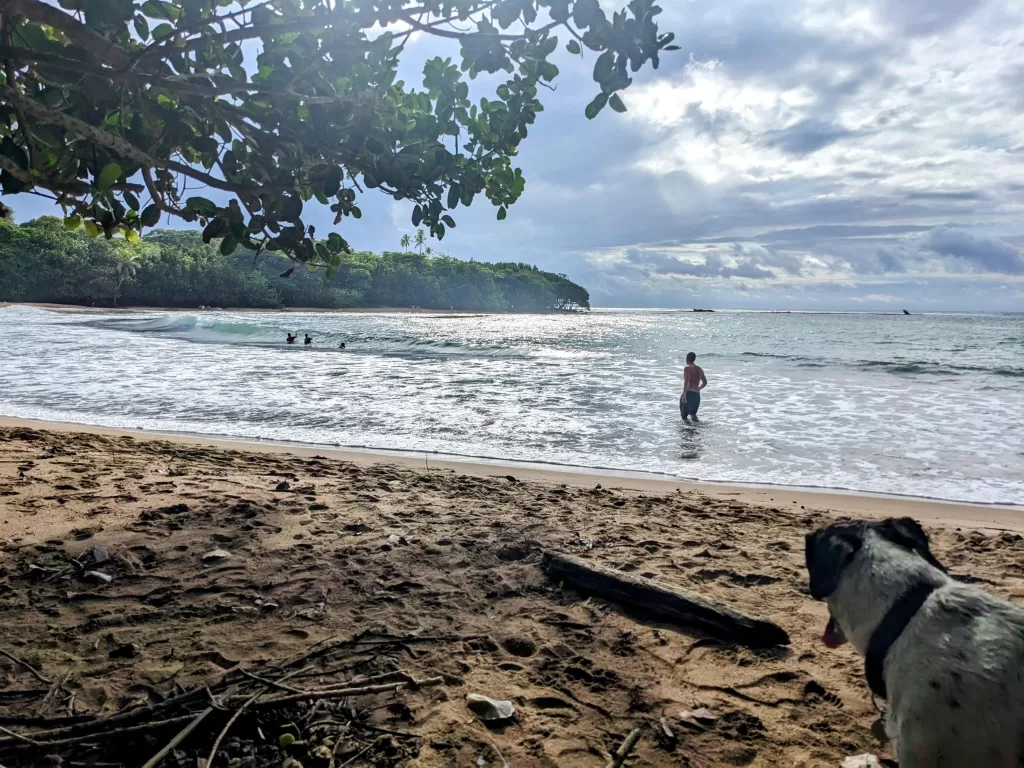
Over the next week, we settled in to life on the opposite side of the isthmus. The jungle that surrounds the marina was reminiscent of the tropical forests in Costa Rica, complete with Howlers, Capuchins and Black Faced Spider Monkeys. The weather was familiar too, with daily thunderstorms and constant humidity. We hiked through the ruins of old U.S. military installations on the hillsides and swam in the exceedingly warm Caribbean waters. The city of Colón, just over the bridge from the marina, is strikingly different than the sprawling metropolis of Panama City. It is dominated by shipping and industry, and we easily provisioned with groceries and hardware for our upcoming journey to the east.
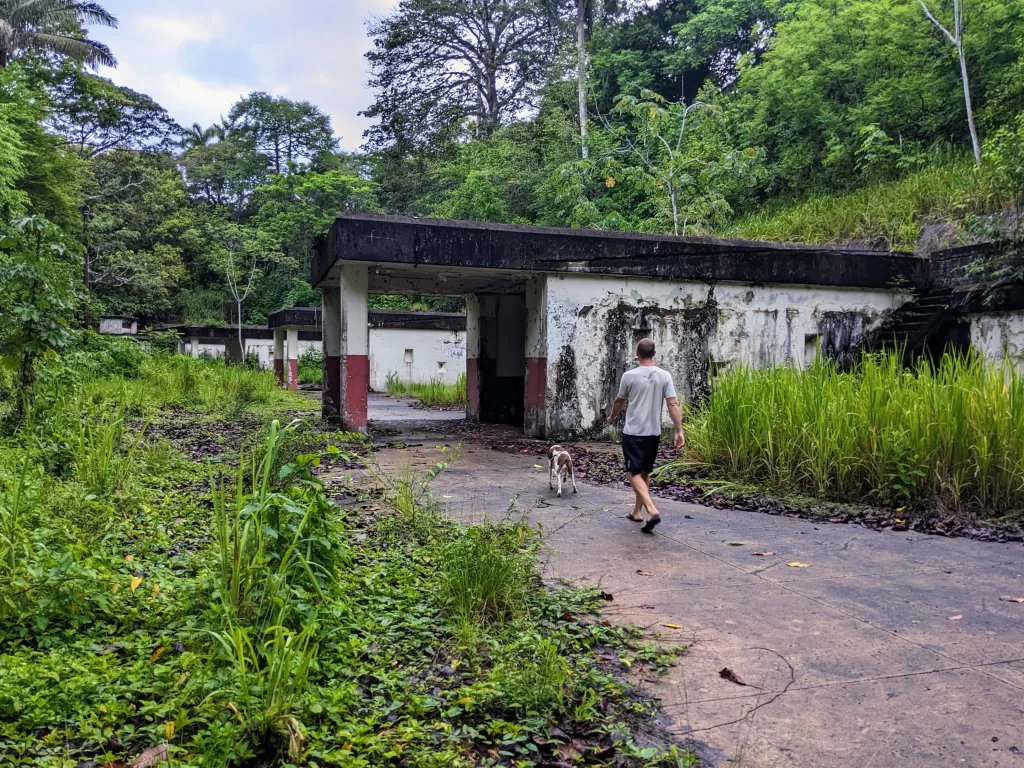
After our short break in the marina, we plan to sail east stopping along the way at various anchorages and marinas. With the first Atlantic hurricane of the season (Bret) building, Panama will remain our home base for the next several months as we avoid the turbulent waters offshore and continue to make repairs to Rua Hatu.

